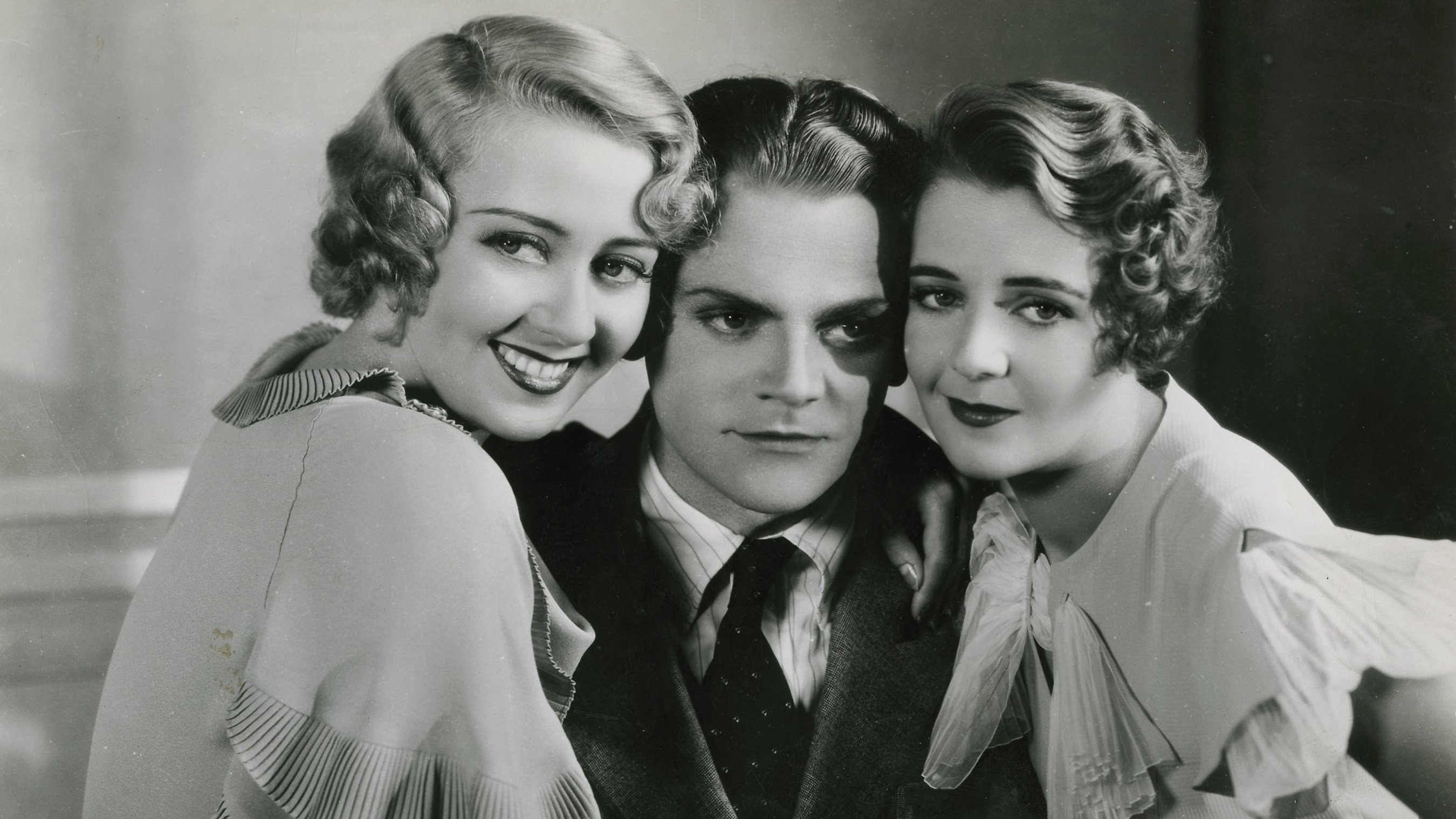

FOOTLIGHT PARADE MOVIE
Paul Porcasi as George Apolinaris, owner of a chain of movie theaters.Renee Whitney as Cynthia Kent, Chester's greedy estranged wife.Arthur Hohl as Al Frazer, the other producer.Gordon Westcott as Harry Thompson, Kent's assistant.


Kent is so overwhelmed with work that he doesn't realize that his secretary Nan ( Joan Blondell) has fallen in love with him and is doing her best to protect him as well as his interests. He faces pressure from his business partners to continuously create a large number of marketable prologues to service theaters throughout the country, but his job is made harder by a rival who is stealing his ideas, probably with assistance from someone working inside his own company. Right: Cagney as Kent and Joan Blondell as Nan.Ĭhester Kent ( James Cagney) replaces his failing career as a director of Broadway musicals with a new one as the creator of musical numbers called "prologues", short live stage productions presented in movie theaters before the main feature is shown. Nobody breaks into song unless it is part of a real stage number in the world of Footlight, no orchestra arises dreamily out of nowhere to accompany a character in a fanciful romantic moment.Left: Kent ( James Cagney) rallies his troops for their tall order: create three lavish prologues in three days. Most of the best numbers are saved for the end of the film, instead of being doled out steadily throughout. The people who populate the movie are often desperate, sometimes profane (at least by Hollywood standards), and concerned with survival. Footlight is more gritty, grimy and realistic, and quicker-paced than the typical musical – even the Warner Bros ones that preceded it. As well as viscerally representing the mood of many Americans during the Great Depression, it epitomises the Warner Bros film ethos of championing the underdog struggling to get ahead in the face of amassed power, something the Warners themselves had needed to do during their ultimately successful quest to make their studio one of the majors in the 1920s. Very little in Footlight Parade is done by rote. Part of what makes the film so powerful and singular is its resistance to the usual conventions, both of its own time and the decades that followed. The strong and speedy start made by FDR's New Deal programme inspired hopes that better times were nigh. Immediately upon attaining office, the new administration attacked the problems underlying the Great Depression by securing congressional enactment of an unprecedented quantity of substantive legislation during its first 100 days. Propelled by James Cagney in the lead role, Footlight Parade sports a modern, breakneck pace, as the characters fight for artistic and financial survival in the midst of economic and cultural dislocation, conditions not far removed from those that many Americans were facing during the Great Depression.įurthermore, Footlight Parade echoed the optimism and energy generated during the initial months of Franklin D. And for the first time in the series, a real movie star had climbed on board. The studio executives, while concerned about costs, mostly stayed out of his way. Busby Berkeley was comfortably ensconced at Warners with a crew he could trust and who understood his eccentric approach to staging dance numbers. When Footlight Parade went before the cameras during the summer of 1933, the Warner Bros ‘Great Depression musicals’ template was already established, but it represents the highlight of this series.


 0 kommentar(er)
0 kommentar(er)
